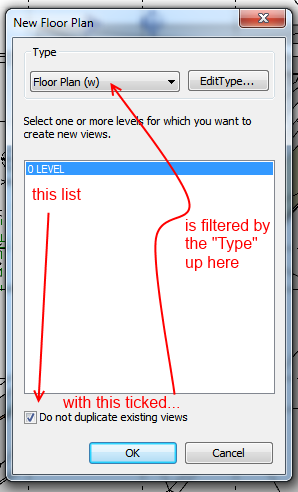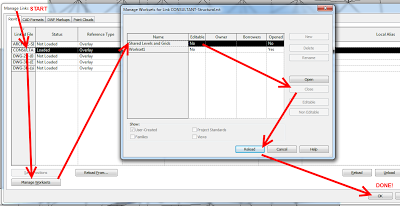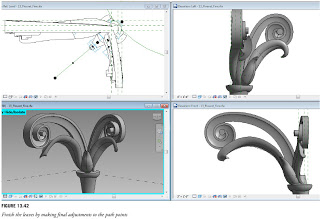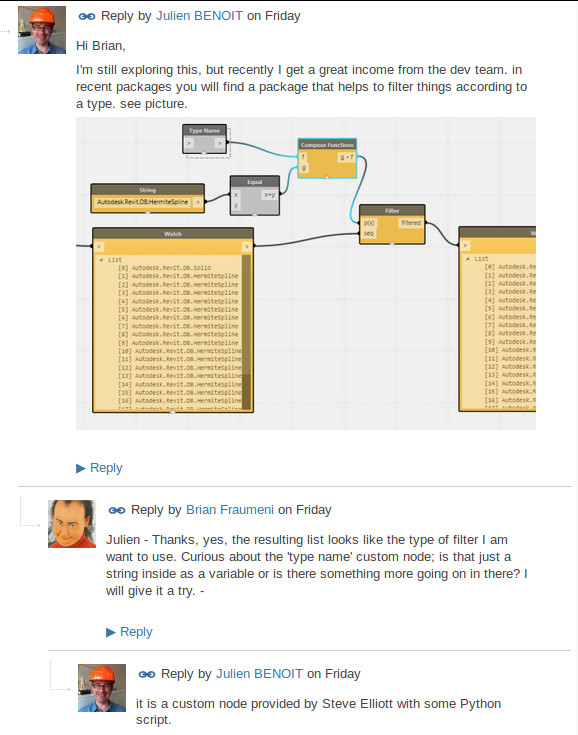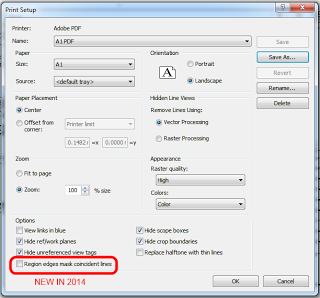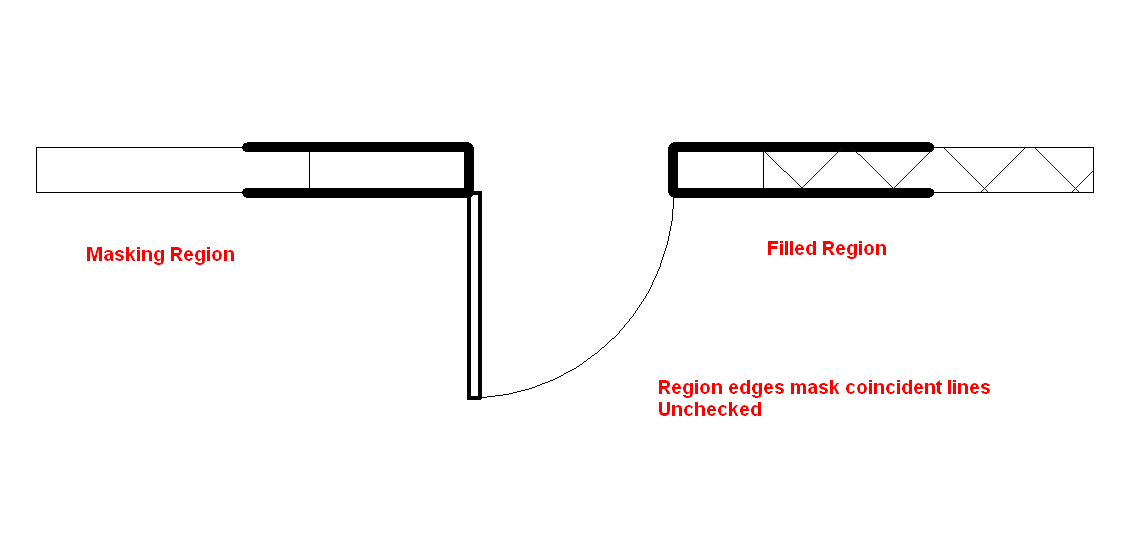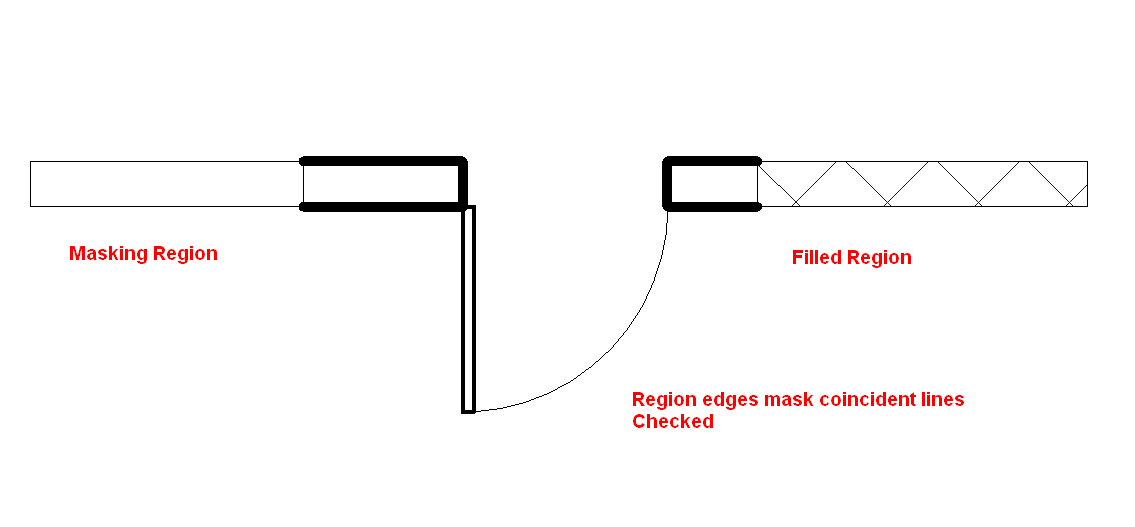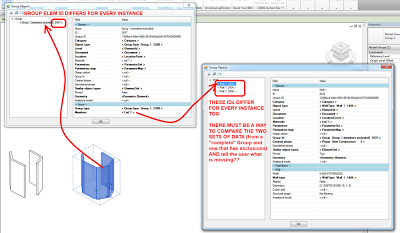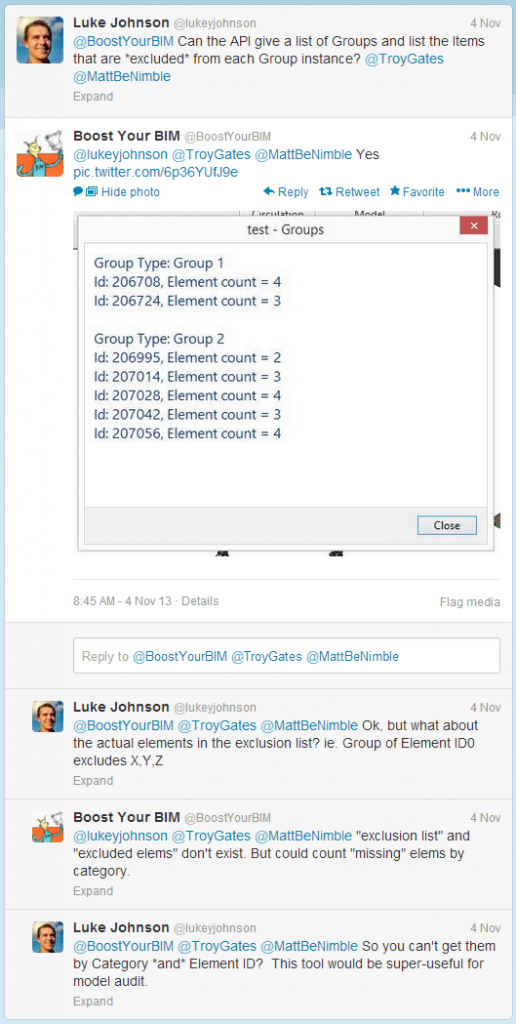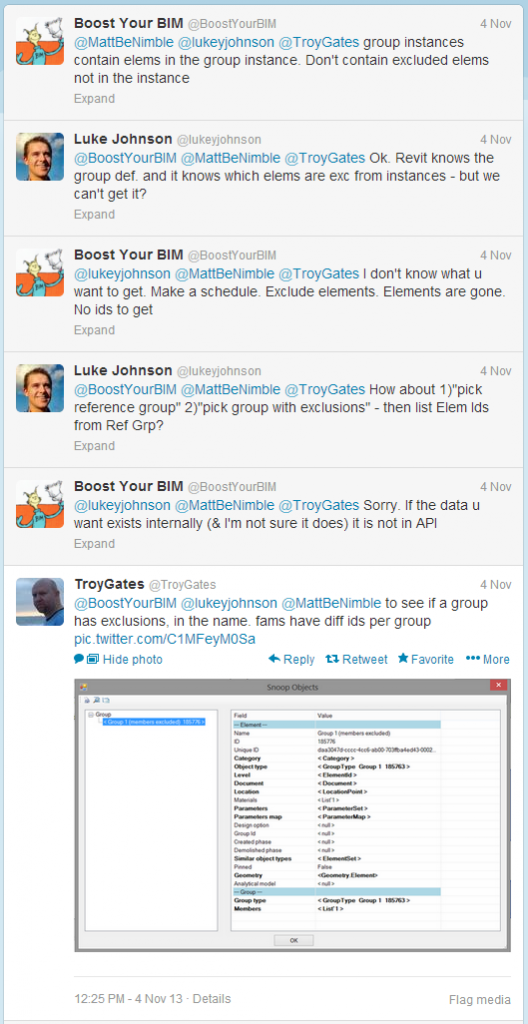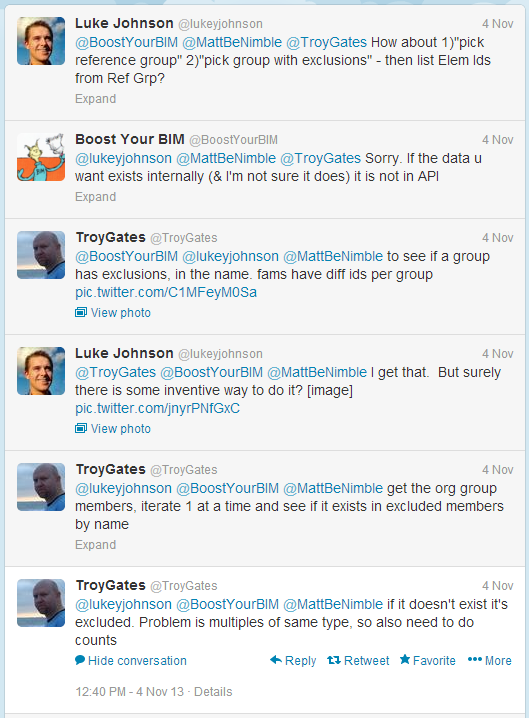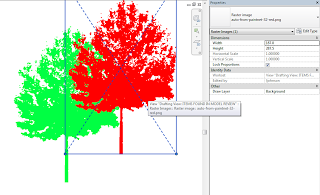Image:
Revising large sets of drawings in Revit can be a little challenging. I previously posted about a method using Detail Groups, but these two tips are pretty great too:
“One other thing I thought of that is a bit more automatic is to create a revision cloud on one sheet, copy it, and the in the Paste drop down box, choose aligned to selected views. You’ll get a list of all the sheets in the project, where you can paste the cloud. Then turn the visibility for the clouds and tags off for that revision, and now each sheet that’s part of that “issue” can be scheduled via a typical sheet index with a parameter for revisions enabled.”
Ross Kirby
BIM Manager
What about for large revision sets for a particular project issue package? Here:
“Gotcha, so what you’re talking about is not a revision, per se, but more of an issue package (like a 75% set, bid set, or permit set), right?
For those situations, we have a shared parameter that we use as part of the project information parameters, and a separate section in the titleblock for those labels. That gets manually filled in on one sheet, and is propogated to all other sheets.”
Ross Kirby
BIM Manager
Great stuff Ross!
Read the whole thread:
http://forums.autodesk.com/t5/Revit-Architecture/Revit-Change-Revision-to-Multiple-Sheets/m-p/4322508#M70456
Ah, the simple option is often best. Just close the Workset that has Levels and Grids on it in the Manage Links dialog. See image:
Idea from this post on Revitize (it uses language related to older Revit versions):
Go to File menu > Manage links… and select the structural model and select ‘Reload From…”
and select the same linked structural file. Before pressing ‘open’, select the small arrow next to the ‘open’ button:
and select specify. Then press ‘open’. Revit shows the ‘Linking Worksets…” dialog box.
Select the ‘Shared Levels and grids’ workset and press ‘close’ and then Ok and again Ok. Now the ‘Shared Levels and grids’ workset from the linked file is closed and is NOT visible in any Revit view. Even though the linked grids are not visible, Revit still ‘monitors it!!!
If for some reason you want to see the structural grids, you can repeat the steps above to make them visible.
“You can’t do that in Revit” is a common catch-phrase for those who do not know the program well. Happily, there are people out there who do know how to do those things in Revit – you just have to find those people and take the time to learn from them. One such person is Paul F Aubin.
He is the author of many Revit-related books, but the most recently published edition focuses on using Revit to make and present Classical and Renaissance building forms and architecture. What I like about this particular work is that it does not just cover simple “how-to” steps for certain tasks. It has a larger and more interesting scope.
Combining elements of history, architectural theory, good Revit practices, and of course, the “how-to” bit as well, Renaissance Revit is well worth a read.
It is hard to put it better than Andy Milburn in the Forward:
“The fact that you are reading this foreword suggests that you too are excited by what Revit can do. Take my advice. Grasp the nettle. Don’t look back.“
(yes, I did have to look up what “grasp the nettle” meant 🙂
The book delves into proper use of the two key Revit family environments: the traditional Family Editor, and the Massing Environment. While it may initially seem that the content of this edition is for advanced users only, in actual fact Paul has provided appropriately basic parts to help beginner Revit users, and at the same time even highly experienced users will have the occasional moment where they say “ah, that’s much better than the way I currently do that…”
It is packed with detailed diagrams, images, formulas and workflows. Here is just one example:
Datasets of lessons are included, with additional progress files provided at logical points through the lesson. You will be able to download “completed” versions of those families by registering at paulaubin.com. Also of note – Aaron Maller is the technical editor, and I’m sure most of you are aware of his excellent Revit reputation.
Discounted pricing available at:
Renaissance Revit: Creating Classical Architecture with Modern Software | Paul F. Aubin
(You can choose between a Black and White or a Full Colour version)
You can also read Paul’s post:
Renaissance Revit Now Available | Paul F. Aubin
Lastly, consider this brief list as a “teaser” of the real scope and value of what is included in this book:
“we will look at practical examples of how to approach many common Revit challenges, such as:
- Strategies to planning and building reusable family content
- How to control scale and proportion reliably
- How to parametrically control curves like arcs, ellipses and compound curves
- Strategies for working with appropriate levels of detail
- Approaches to effectively managing repetitive elements
- Building rules, relationships and design intent into your content
- Strategies to use two-dimensional geometry instead of 3D
Thank you, Paul Aubin, for bringing a new level of depth and class to the greater Revit bibliography.
Read more:
in the comments at this post
Have you noticed this in 2014?
If I can borrow some imagery from Caddman13 on the Autodesk Forum, this is what it means:
Unticked:
Ticked:
You don’t even have to register to download… Check it out at:
PARAMETRIC COMPONENTS
Let’s say you have inherited a multi-storey project that has been set up with Model Groups for Typical Levels – not necessarily a bad thing (see this post).
After installing Compare Models, you need to open two files. I opened a ‘live’ version and a detached version of the same model. Go to Extensions – Tools – Compare Models. Wait for a while… you will get a list that shows you which Group instances have Members Excluded.
However, this method does not give the actual Excluded Elements, just the Group Instances with Exclusions.
@lukeyjohnson I do: use Model Compare.open project.rvt & 000#.rvt. Compare equal, list groups and excluded with IDs. pic.twitter.com/tGLfP9C9yd
— Julien Benoit (@Jbenoit44) November 14, 2013
Does anyone have an awesome way to list group instances and their excluded elements? Anyone? 🙂
You need to save as PNG – but not any old PNG will work.
I have consistent success using Paint.NET, deleting the “background” so it is empty (checkerboard), then saving as a PNG. But here’s the main lesson – make sure you tick 32-bit. No other option seems to work, only 32-bit PNGs seem to respect transparency in Revit.
You can even use Bring to Front, Send to Back etc to overlap these images. Quite useful for Entourage in coloured Plans and Elevations…
via
Point Cloud to NURBS with EvoluteTools PRO for Rhino3d: http://t.co/mKMr0M9mDT
— Evolute (@evolutegeometry) November 13, 2013

